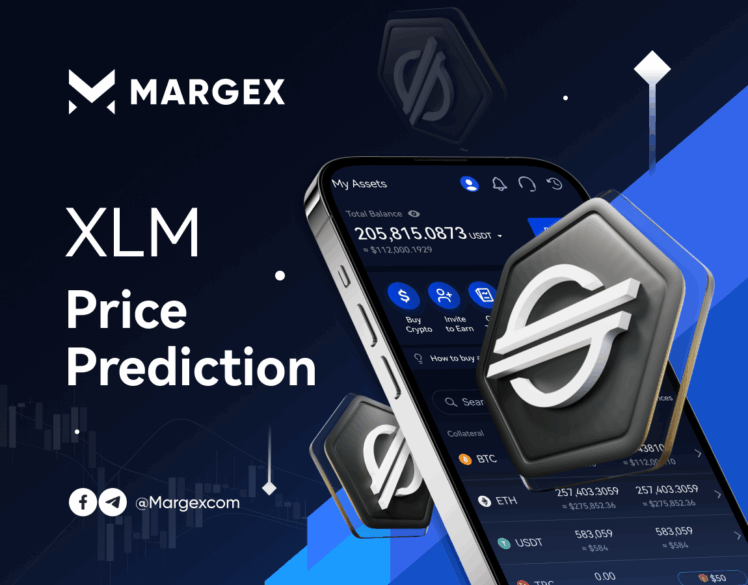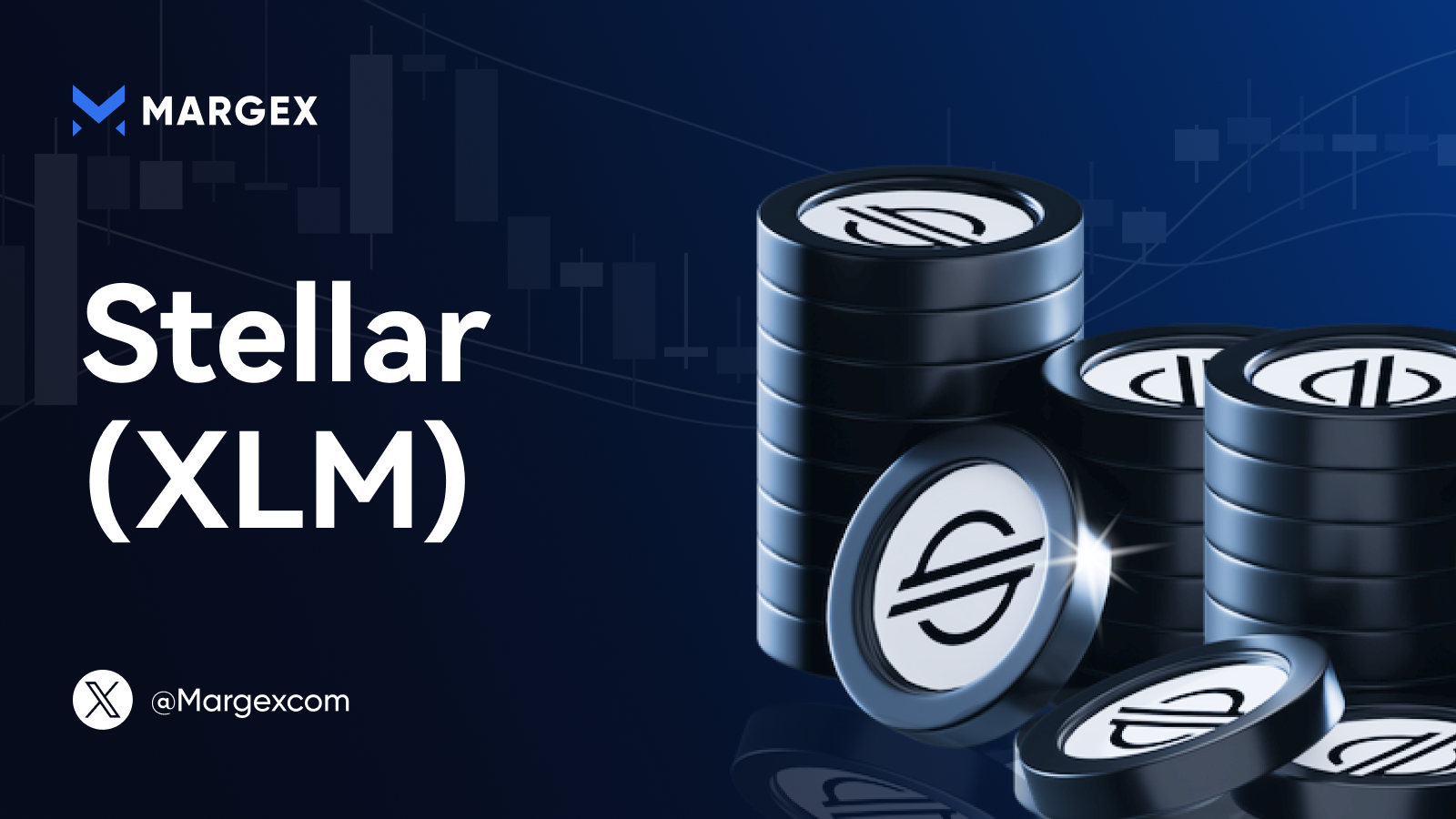
Stellar is one of the most popular and earliest cryptocurrencies in the market on the top-30 scale of CoinMarketCap. Appearing a couple of years after Ripple’s XRP, XLM is also focused on transnational payments. However, despite one key figure taking part in the inception of both XRP and XLM, there is a clear difference between these two digital currencies.
The Emergence of XRP Competitor XLM

Since its launch in 2014, the Stellar blockchain and its native cryptocurrency Lumens (XLM) have garnered substantial attention. It was created by programmer Jed McCaleb and Joyce Kim. A few years before that, McCaleb was among the creators of the XRP Ledger and later worked as the chief technology officer at Ripple (after helping to found it as well), who was granted the rights to own and operate XRPL and its native coin XRP.
McCaleb left Ripple over his discrepancies with the rest of Ripple’s top management team and decided to set up his own shop. Thus, Stellar was created with the vision of bringing cross-border transactions and financial inclusion to an audience slightly different from that of Ripple. While the latter focuses on working with banks and large financial institutions, Stellar targets retail users and smaller financial entities, offering cross-border transactions and payments to them.
Stellar’s ten year journey has been marked with a series of strategic developments, key partnerships and a strong commitment to improve the financial landscape around the world.
Building Stellar, McCaleb hoped to create a decentralized financial network and make it accessible to everyone, especially targeting developing markets which back then often lacked access to traditional financial systems and banks. First, the Stellar Development Foundation was created to supervise the way the Stellar network was developed and expanded. SDF’s main task was to make sure that Stellar stuck to its original mission of expanding financial inclusion.
Stellar’s Fast Expansion via IBM and Circle Partnerships

Stellar runs on an open-source network that allows transferring digital currencies with small fees and high efficiency, regardless of the distance between senders and recipients. XLM plays a vital part in making those transactions possible. Transactions fees are charged in XLM, while it also acts as a bridge currency and allows a seamless exchange of various cryptocurrencies on the Stellar network. XLM’s design is well-suited for microtransactions, therefore making Stellar a perfect venue for cross-border transfers, remittances, etc, with low cost and high transfer speed.
At the early stage of developing their platform, Stellar creators took time to create a solid and scalable infrastructure that would be able to handle the company’s ambitious goals. Unlike traditional crypto platforms running either on proof-of-work (Bitcoin, Litecoin, etc) or proof-of-stake (Ethereum, Cardano), Stellar works on the Federated Byzantine Agreement, which enables it to process transactions faster and employ a great energy efficiency. This gives Stellar a massive competitive edge, especially in the parts of the world where traditional banks’ services are limited or not presented at all.
In 2017, Stellar inked one of its first and most important partnerships when the IBM giant announced that it would build its own cross-border payment solution to make global money transfers more efficient based on the Stellar network. That collaboration was a big milestone for Stellar’s further expansion and growth.
IBM created the World Wire blockchain on Stellar and now it helps financial institutions to clear and settle transnational payments in real time. Thanks to such features of Stellar as high speed and efficiency, IBM’s network can potentially greatly slash the costs of international payments, especially for SMEs (small and medium enterprises), as well as for individuals in developing countries.
Among Stellar’s other large partners were a micropayments platform SatoshiPay and crypto giant Circle, the creator of the USDC stablecoin – the partnership allowed USDC to be launched on Stellar, expanding the already significant number of blockchains it runs on.
In 2021, the Stellar Development Foundation announced the creation of a $100 million fund that would fund projects building on the Stellar blockchain.
Stellar Price Prediction
At press time, XLM is changing hands at $0.0951, greatly underperforming its rival XRP (trading at $0.5738), which has been greatly battered by the long-running legal suit initiated against it and Ripple by the US Securities and Exchange Commission.
Still, according to various experts, future prospects of Stellar and XLM look quite promising. Analysts expect that by the end of 2024, Lumens price is likely to exceed the $0.1 price level.
In 2025, the expectations regarding XLM go higher and climb to $0.183. By the end of 2026, XLM is predicted to reach $0.283.


